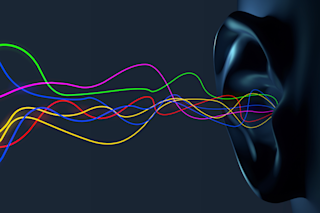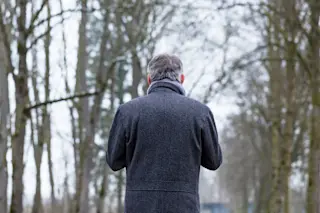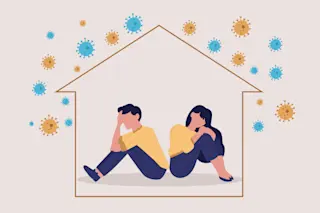(Images: Pogonici/ Shutterstock)
One day in October 2010, at a school in the Gaibandha district of northwest Bangladesh, a pupil noticed that the label on a packet of crackers she was eating had darkened. Fearing the crackers were contaminated – “the devil's deed”, as she put it – she almost immediately fell ill, complaining of heartburn, headache and severe abdominal pain.
The condition quickly spread among her fellow pupils, and later to other schools in the area. Yet toxicologists could trace no contaminant, and all those affected were quickly discharged from the hospital after doctors found no trace of illness. The following week, investigators diagnosed “mass sociogenic illness,” otherwise known as mass hysteria. The children, it seemed, had developed their symptoms simply because they had seen their classmates succumb.
Mass hysteria is thought to be an extreme example of a phenomenon that affects us all day-to-day: emotional contagion. Short of ...













